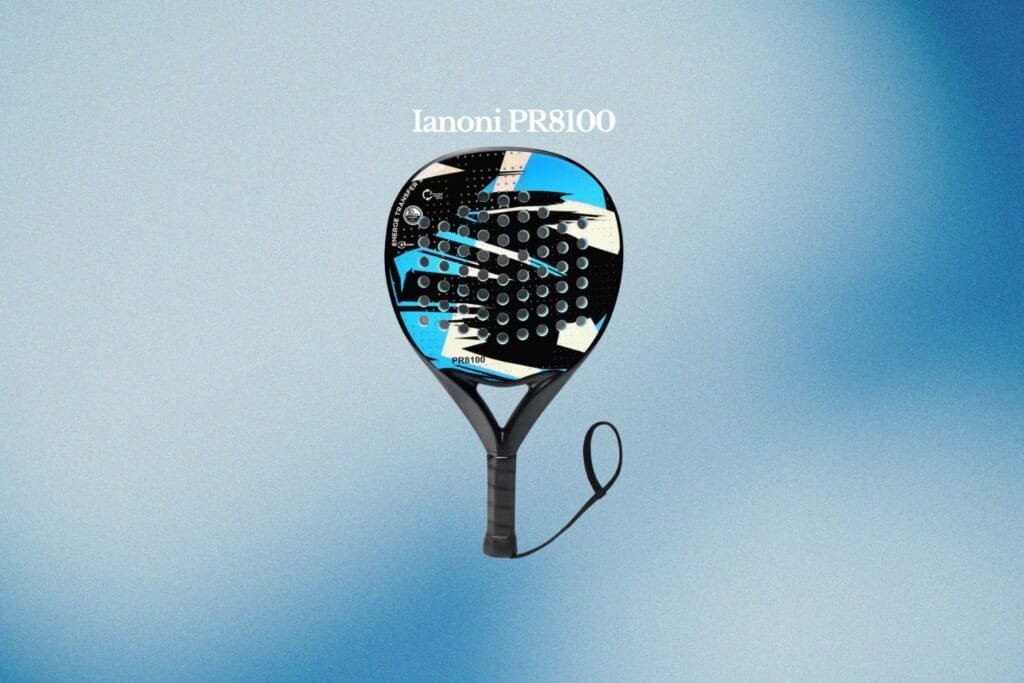
Padel is known for its fast rallies, strategic net play, and glass-wall bounces, but what really shapes the pace and pressure of the game is how you keep score. While many players think scoring in padel mirrors tennis exactly, there are subtle differences and little-known rules that can change how you approach a match.
In this article, we take a deep dive into scoring in padel, revealing the nuances, exceptions, and tactics that even experienced players often overlook.
1. Scoring in Padel Follows Tennis—But With a Twist
At first glance, scoring in padel seems identical to tennis: 15, 30, 40, game. Matches are played as best-of-three sets, and you must win a set by at least two games. Tiebreaks come into play at 6–6, with the classic first to 7 points, win by 2 format.
But unlike tennis, where singles and doubles differ in strategy and scoring impact, scoring in padel is always based on doubles rules. There is no singles format in official padel competitions, which simplifies the structure but intensifies the doubles dynamic.
2. The Golden Point Rule
One of the biggest evolutions in scoring in padel is the introduction of the “Golden Point.” In many professional tournaments, at deuce (40-40), the next point wins the game, no advantage or second deuce.
This rule was adopted to make matches faster and more thrilling. It also puts huge pressure on that one deciding rally. Scoring in padel with Golden Points forces teams to be strategic: who receives the serve? Do you take risks or play it safe?
3. Service Order and Scoring Impacts
Just like tennis, scoring in padel requires teams to stick to a serving rotation throughout each set. Once a player serves in a game, their partner cannot serve until the next full team rotation. If a team accidentally serves out of order and it’s discovered mid-game, the points stand, but the correct server resumes.
Understanding the flow of service is essential for maintaining rhythm. Mistakes in service order can disrupt momentum, and that directly affects scoring in padel, especially in tight sets.
4. Tiebreaks: More Strategic Than You Think
Tiebreaks follow the “first to 7, win by 2” model, with teams switching serve every two points and sides every 6 points. But in scoring in padel, the tiebreak strategy differs due to the glass walls and positioning.
Because net dominance is more important in padel than in tennis, who starts serving and who positions where during a tiebreak can dramatically shift outcomes. Winning or losing a tiebreak often comes down to subtle shifts in serve direction and communication, not just raw skill.
5. You Can Lose Points in Weird Ways
One quirky thing about scoring in padel is the number of odd ways you can lose a point. If the ball hits your teammate, you lose the point. If your paddle hits the net during a shot, that’s also a point for the opposition. And if the ball rebounds off your side wall before going over the net (instead of directly hitting it there), it’s a fault.
Knowing these niche rules can help you avoid unnecessary errors and protect your lead when scoring in padel gets close.
6. Let’s serve? Not in Padel!
Unlike tennis, padel does not replay “let” serves (when the ball touches the net but lands in). If the ball clips the net and lands in the correct service box, the serve counts.
This is a key difference in scoring in padel that can throw off players used to tennis. Being ready to return every legal serve, even tricky net-cord ones, is essential.
7. Match Tiebreaks: The Deciding Third Set
In some formats, especially social or amateur play, a full third set is replaced with a match tiebreak—first to 10 points, win by 2. This makes scoring in padel more efficient and avoids overly long matches.
Strategically, players must treat match tiebreaks like mini-sprints; intense focus and smart shot selection matter more than endurance. One or two mistakes can end the match quickly.
8. How Mental Pressure Affects Scoring in Padel
Beyond the technical rules, scoring in padel has a huge psychological component. The momentum swings, pressure on key points (like Golden Points or break points), and crowd energy can all influence how players perform.
Great players don’t just understand how scoring in padel works, they manage it emotionally. They play with confidence when leading and stay composed when behind.
9. Communication Is Part of Scoring Strategy
In doubles padel, your team’s communication, especially on serve returns and net coverage, can make or break a scoring run. Unlike tennis, where one player can dominate, scoring in padel requires mutual understanding and coordination.
Who takes the high lob? Who steps forward after the serve? These small decisions influence not just points but entire games and sets.
10. Knowing the Rules Gives You the Edge
Many players don’t fully study the rules, and that’s a mistake. Mastering the details of scoring in padel gives you a mental edge, helps avoid penalties, and sharpens your decision-making in close matches.
So if you’re serious about levelling up your padel game, don’t just practice shots, practice strategy, timing, and deep knowledge of how the score moves.
Final Thoughts
Scoring in padel is more than just numbers, it’s the heartbeat of the game. From Golden Points to service order to mental toughness, knowing the scoring system inside and out gives you a serious edge. Whether you’re playing for fun or climbing the competitive ladder, a smarter approach to scoring in padel might be the game-changer you’ve been missing.



